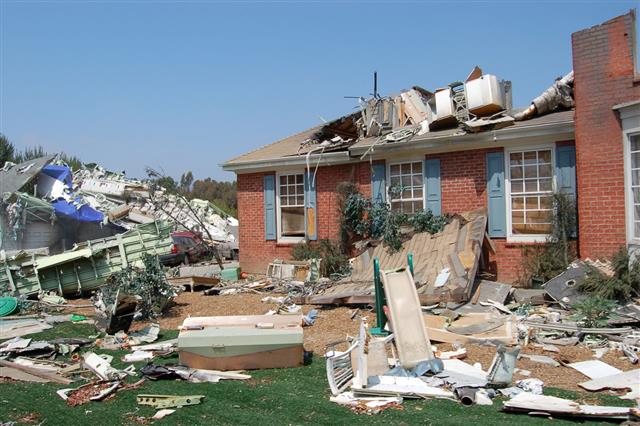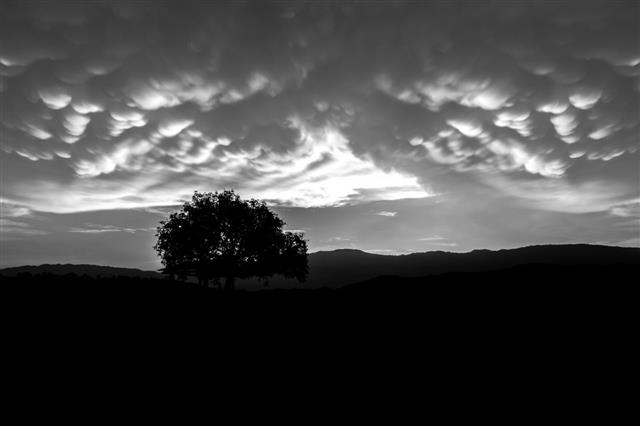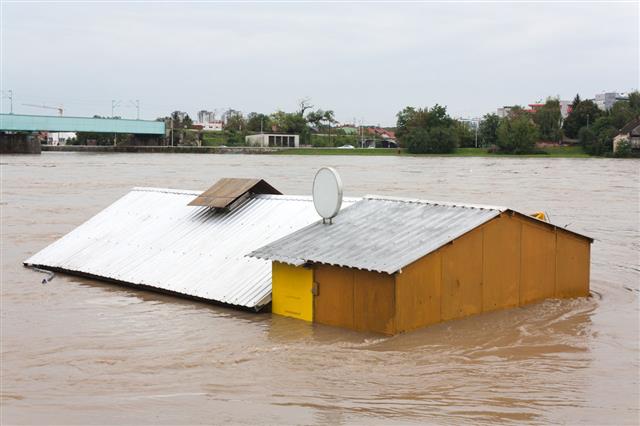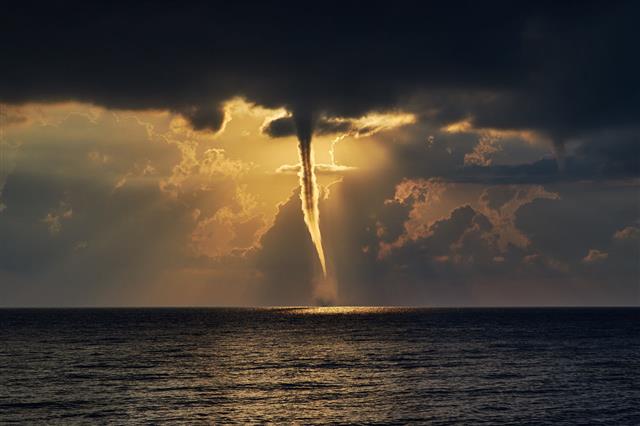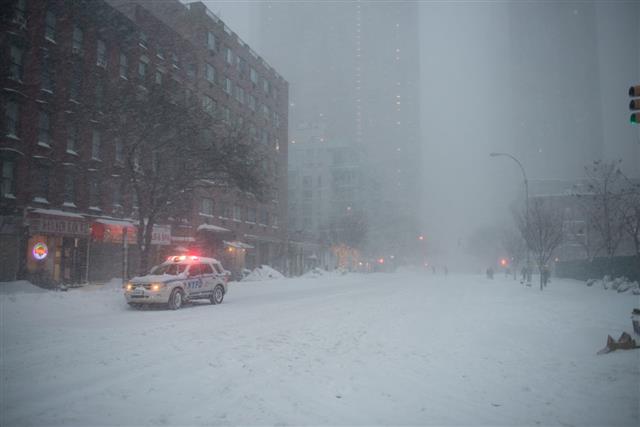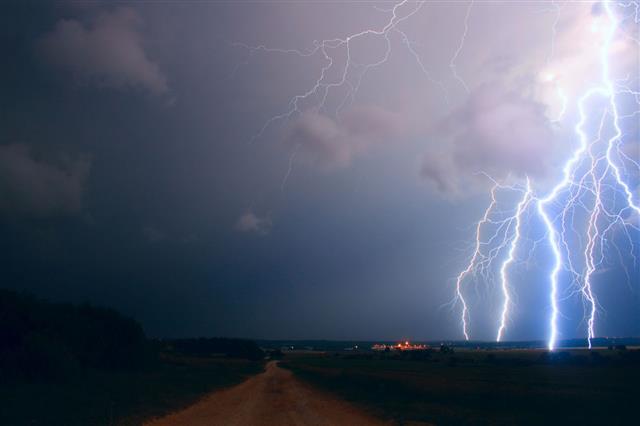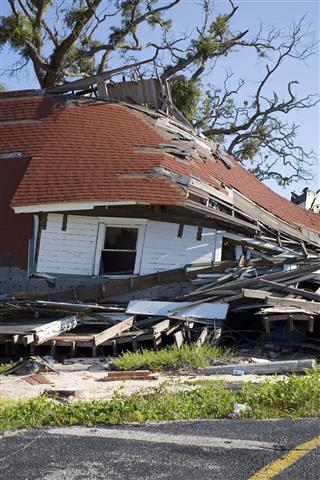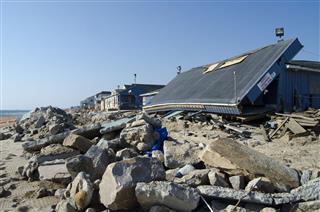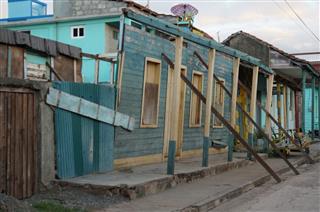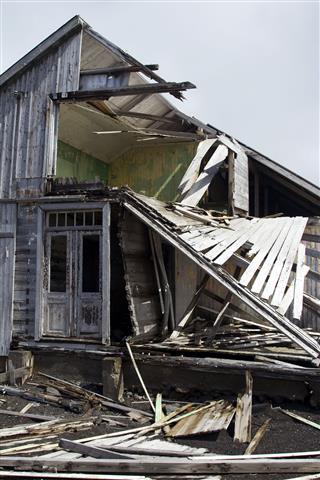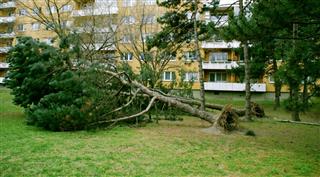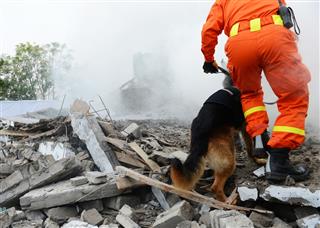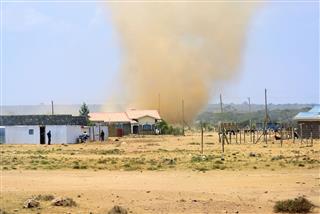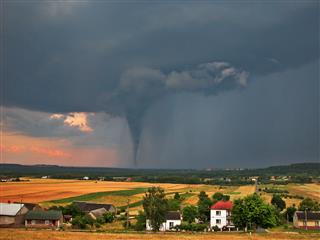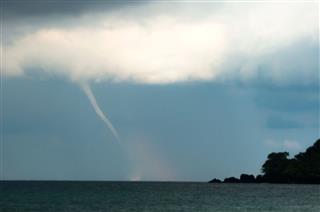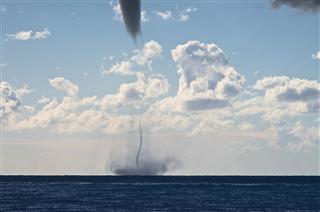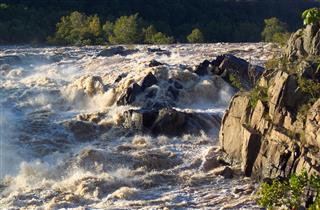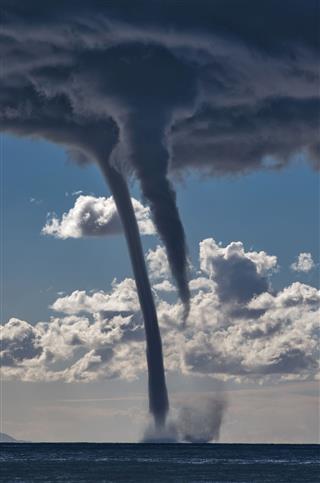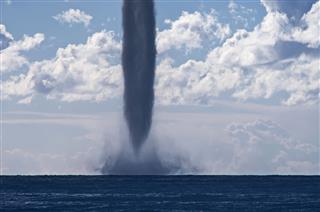
Hurricanes are one of the most powerful forces of nature that cause devastating effects on life and property. But have you ever wondered what causes hurricanes to arise? Here is some detailed information about them.
Did You Know?
The eye of the hurricane i.e., the center can be as huge as 320 km. The weather in the eye is usually calm with low-speed winds.
Hurricanes are the most destructive natural disasters; they are very powerful and violent storms, often associated with strong winds and heavy rains. A storm is classified as a hurricane when the speed of wind reaches 74 miles (119 kilometers) per hour. Hurricane storms usually start over warm seas (near the equator) and are accompanied by fierce winds, flash floods, mudslides, and huge waves.
Hurricanes are assigned with different names, depending upon the area where they have occurred. For example: storms are called hurricanes if they start over the Caribbean Sea, the Northeast Pacific Ocean, and the North Atlantic Ocean, whereas, storms are called tropical cyclones if they occur in the Indian Ocean or near Australia. But what exactly leads to the formation of a hurricane?
- There are two main factors that are responsible for causing hurricane storms, viz. warm water and moist, warm air. Hurricanes in tropical regions occur when the moist, warm air from the surface of the ocean rises and meets the cooler air. In such a situation, the moist, warm air condenses and forms storm clouds and raindrops. There is also a release of latent heat due to the condensation process, which increases the temperature of the cooler air above. In the cycle, more warm, humid air from the ocean surface rises and joins the developing storm. Hence, there is a transfer of heat from the surface of the ocean to the atmosphere above.
- As the cycle of exchanging heat continues, a wind pattern is created that moves in a spiral fashion around a calm center, which is referred to as the ‘hurricane’s eye’. Converging winds near the ocean surface collide with the developing storm, resulting in increased circulation of warm, humid air and also enhancing the speed of wind. Presence of strong winds at high altitudes pull the rising warm air away from the center, causing the storm to swirl in the typical cyclone pattern.
- Another factor that increases the speed of wind is high-pressure air at high altitudes, usually above 30,000 feet. This high-pressure air draws the heat away from the center of the storm. As this air moves to the center and meets the low-pressure air, the wind speed again increases. This warm air is sent swirling into the classic spiral pattern. It wouldn’t be wrong to compare a hurricane with a self-sustaining, giant heat engine because it also keeps going on until its process stops. The hurricane withdraws and eventually stops in two ways ― disruption of the flow of the storm due to strong winds while it is over the ocean, or when the storm starts moving over land.
- After becoming a hurricane, the storm is further categorized as 1, 2, 3, 4, or 5, with the danger increasing proportionately to the number. A category 1 storm is the weakest hurricane, and 5, the strongest and the most devastating. Hurricane Andrew in 1992 was a category 5 hurricane.
When a powerful hurricane hits land, it can cause more damage to life and property than any other natural disaster. The effects of hurricanes include storm surges, strong winds, inland flooding, and tornadoes.
- Storm Surge: Storm surge is the most devastating effect that accounts for 90 percent of the hurricane deaths. It refers to the rapid rise in the level of water that comes ashore as the hurricane hits land.
- Heavy Winds: The overall effect of a hurricane depends on the speed of the wind. It helps to determine the force of the hurricane, storm surge, and the damage that the storm can cause.
- Rainfall: It is a fact that inland flooding causes more deaths than the actual hurricane storms. On an average, 5-10 inch rainfall is common. However, rainfall may increase depending upon the storm.
- Tornadoes: Hurricanes may also result in tornadoes. However, the frequency and occurrence vary from one hurricane to another. Very often, such tornadoes are of minimal strength.
An example of powerful storms is the Hurricane Katrina on August 29, 2005, which struck the United States, causing death of more than 1,800 people and property damage worth $81 billion. It was the costliest hurricane in the history of the US.
Though, heavy rainfall may prove to be beneficial at times of drought, the overall effects of hurricanes are more devastating. Some researchers are of the opinion that hurricanes are caused due to climate change and/or global warming. However, studies are still being conducted to study the relation between climate change and hurricanes. The best way to protect you and your family would be to be prepared well ahead of time. If you live in a hurricane-prone area, then make sure you have evacuation and detour routes planned.
